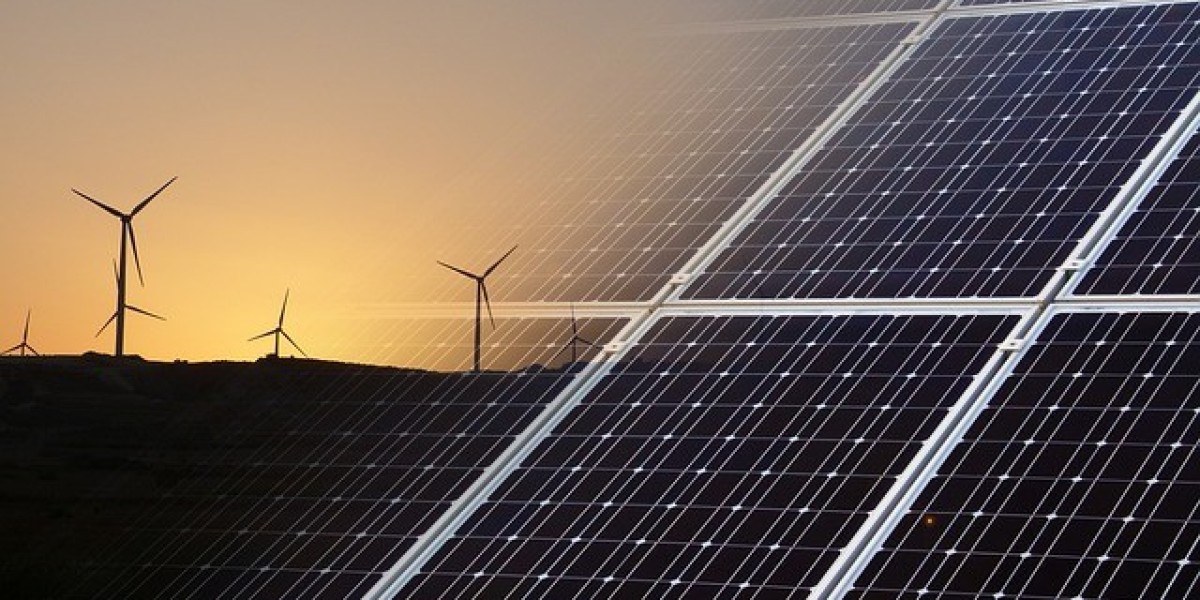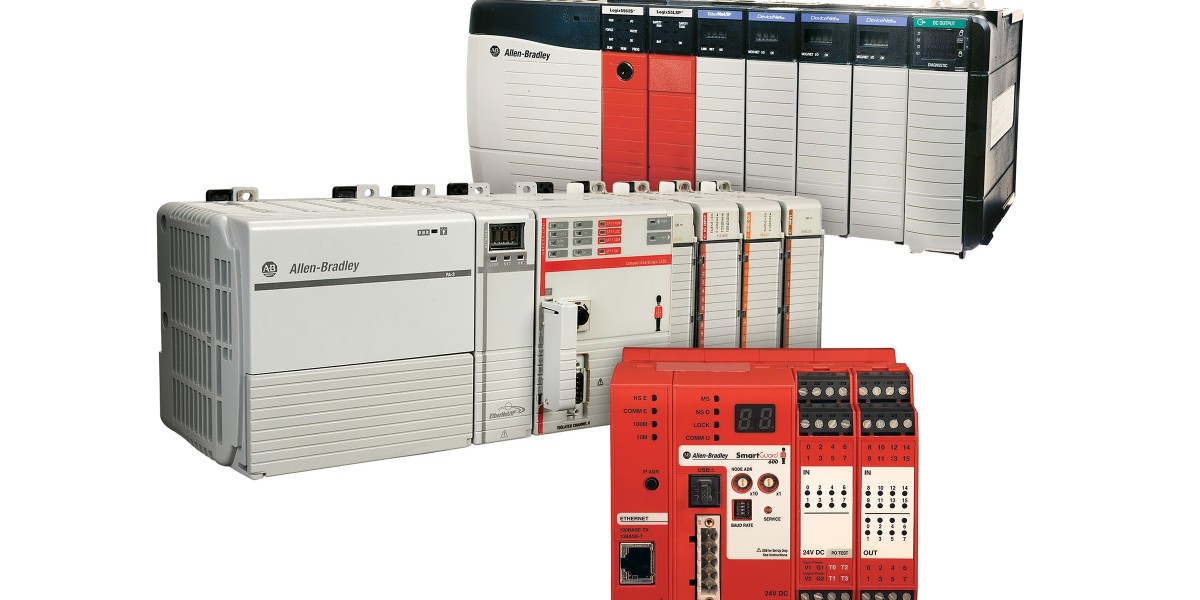As Ethiopia strides into 2024, its renewable energy sector is poised for continued growth and transformation. The country's commitment to sustainable energy solutions is set to drive significant developments in the coming year, with promising forecasts reflecting both opportunities and challenges on the horizon.
Continued Expansion and Investment
In 2024, Ethiopia's renewable energy Market is expected to experience robust expansion. The government’s dedication to diversifying the energy mix is evident through ongoing and upcoming projects. The Grand Ethiopian Renaissance Dam (GERD) remains a flagship initiative, poised to become Africa's largest hydropower project upon its completion. This project alone is anticipated to significantly enhance Ethiopia's electricity generation capacity, providing a reliable and consistent power supply for millions of people.
Wind and solar energy will also see substantial growth. The favorable wind conditions in the Afar region are likely to attract further investment in wind farms, boosting the country’s wind energy capacity. Solar energy projects, particularly those focused on rural electrification, are expected to proliferate as technology costs continue to decrease. This growth is not only driven by domestic efforts but also by increased foreign direct investment (FDI) from international players eager to capitalize on Ethiopia’s renewable energy potential.
Policy and Regulatory Landscape
The policy environment in 2024 will play a crucial role in shaping the future of Ethiopia’s renewable energy sector. The government’s Feed-in Tariff (FiT) and Power Purchase Agreements (PPAs) will remain instrumental in encouraging private sector participation. These policies provide financial incentives for renewable energy projects and help mitigate risks for investors.
Additionally, the government’s focus on improving energy infrastructure and regulatory frameworks will facilitate smoother project implementation. Continued support for technological innovation and infrastructure development will be essential for overcoming existing challenges and ensuring the effective integration of renewable energy sources into the national grid.
Challenges and Mitigation Strategies
Despite the optimistic forecast, several challenges may impact Ethiopia’s renewable energy sector in 2024. Infrastructure limitations, logistical hurdles, and regulatory complexities could slow down project development and execution. Addressing these challenges will require coordinated efforts between the government, private sector, and international partners.
To mitigate these issues, Ethiopia will need to focus on enhancing its infrastructure, streamlining regulatory processes, and fostering collaboration among stakeholders. Investment in research and development will also be crucial for advancing technology and improving the efficiency of renewable energy systems.
Future Prospects
Looking ahead, the outlook for Ethiopia’s renewable energy sector is bright. With continued investment, supportive policies, and a focus on sustainability, Ethiopia is well-positioned to achieve its energy goals and strengthen its role as a leader in Africa’s renewable energy landscape. The country’s commitment to harnessing its abundant natural resources will not only enhance its energy security but also contribute to a greener, more sustainable future.
For More Info: - https://www.gmiresearch.com/report/ethiopia-renewable-energy-market/
In summary, Ethiopia’s renewable energy sector in 2024 is set to experience significant growth and development. The combination of government support, investment opportunities, and technological advancements promises a promising future for Ethiopia’s energy landscape, paving the way for a sustainable and energy-secure nation.



